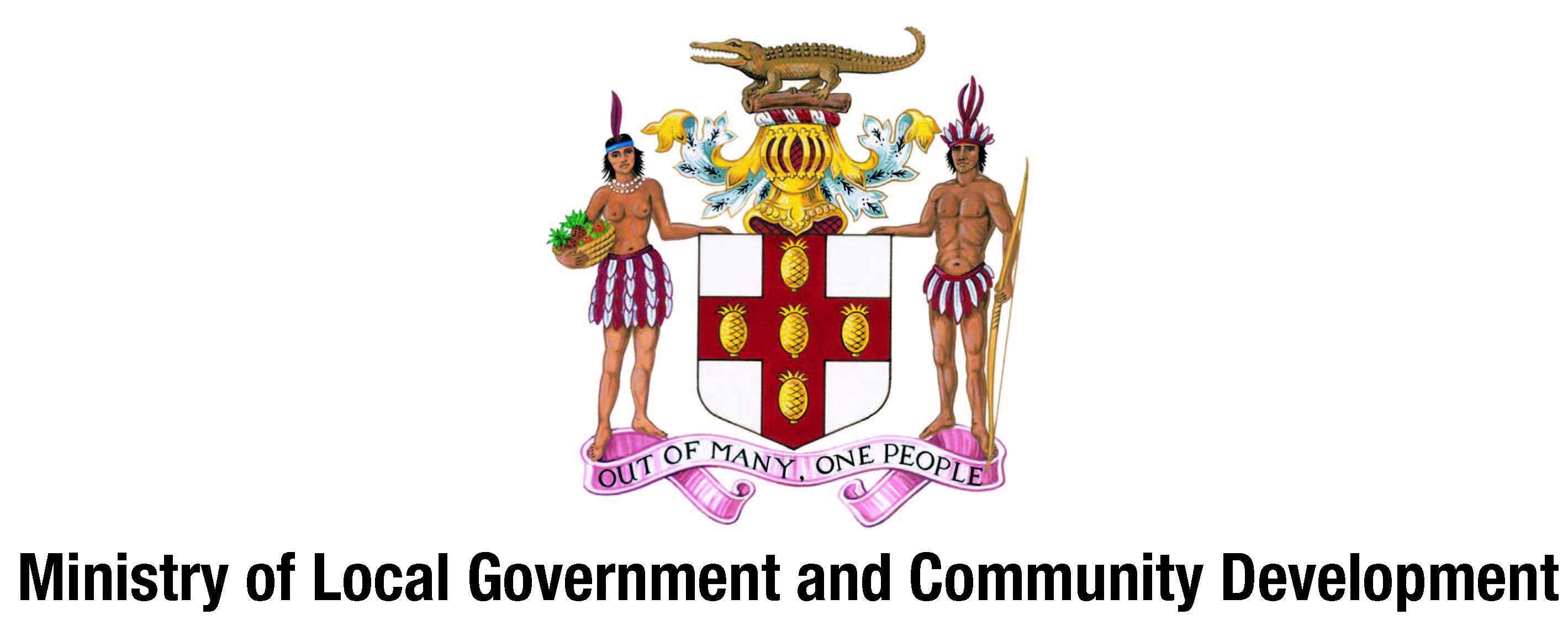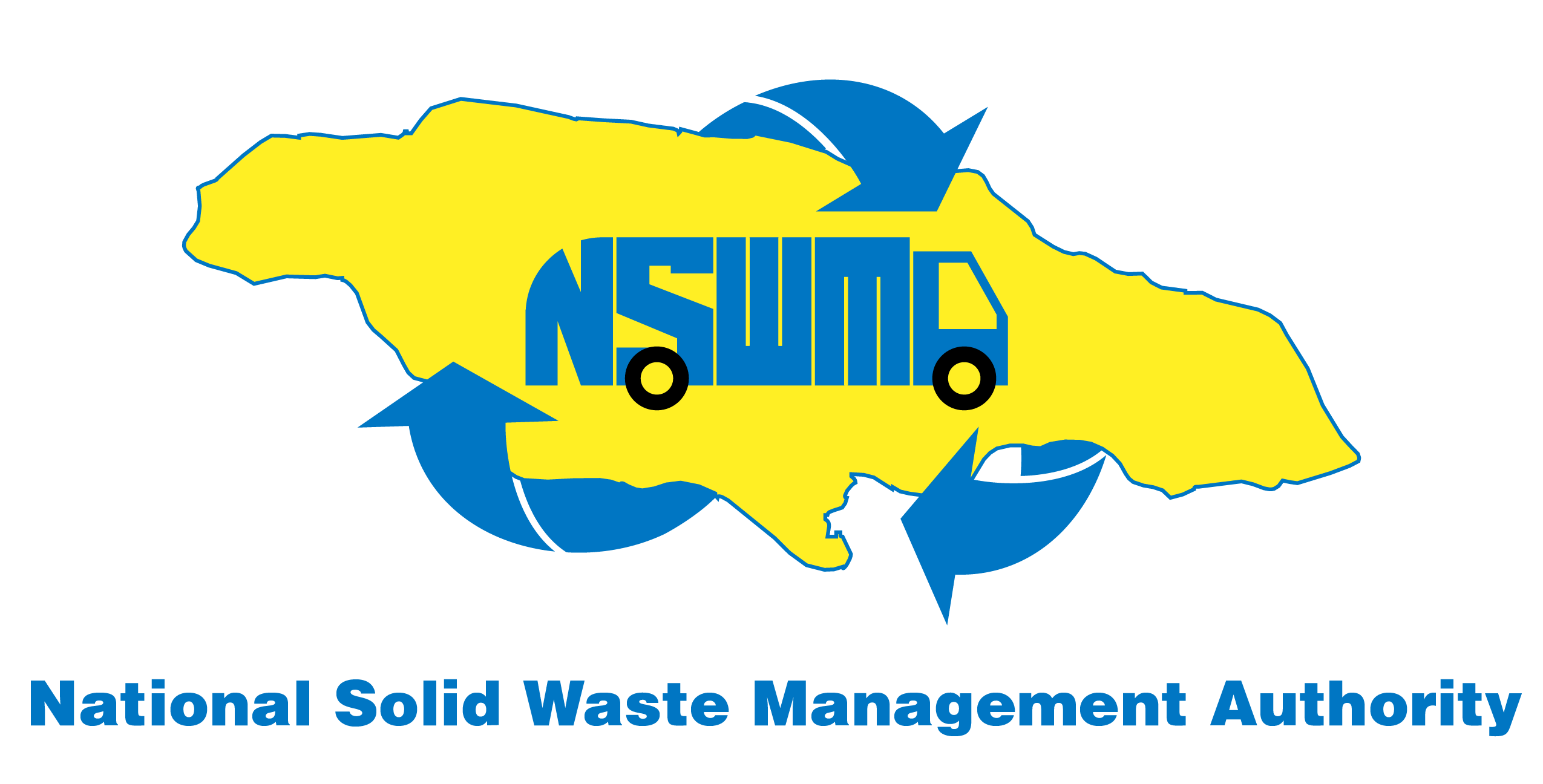The NSWMA is among the list of of first responders in the event of a disaster. We are a part of the National Preparedness and Response Committee and work with the Office of Disaster Preparedness and Emergency Management (ODPEM) to achieve the objectives of early restoration of normalcy. We work primarily with the National Works Agency (NWA) during the aftermath of Hurricanes to provide access to critical institutions and officials.
Through the Parks and Gardens Division we clear fallen trees , blocked roadways and through tour regional bodies, we remove these trees, other debris and waste.
In preparing for a Disaster therefore we are cognizant that we work in partnership in some areas and fulfill our own mandate in others. The plan sets out the procedures to be adopted and actions to be taken by and within the NSWMA in the event that a hurricane approaches/strikes Jamaica. Although our primary function of the NSWMA in the event of a hurricane is associated with the national relief and restoration activities, it recognizes the importance of proper prior preparation to be able to respond after ‘the blow’.
DEFINITION AND CHARACTERISTICS OF HURRICANE
A hurricane is defined as wind in excess of 85 knots accompanied by rain and lasting for between six and 36 hours. It is characterized by:
- wind at a speed in excess of 25km per hour and with gust up to 180 knots
- wind width 170-250 km
- rain fall 450 mm in the first two hours
- tide surge 3-10 metres
The strength and duration of a hurricane will determine the extent of any damage and consequently the volume of debris the NSWMA will be required to clear and remove.
Recognizing the need for prior preparedness, the NSWMA has approached planning for the upcoming hurricane season by assessing the last hurricane – Sandy and taking careful note of information provided by the ODPEM concerning the upcoming season.
It is noted that 21 named systems are predicted for the 2013 season with five of them projected to be major hurricanes. We note also that Jamaica is usually affected by systems coming from the Gulf of Mexico, but note that Sandy came from the Atlantic Ocean. We are therefore preparing for any and all eventuality.
The NSWMA is one of the first responders in the event of a disaster and in particular a hurricane.
In preparing for the 2013 hurricane season, the NSWMA evaluated lessons from Sandy, and in particular those issues relating to debris and waste management prior to, during and after a hurricane.
We noted that:
- There was no plan to deal with collection, transportation and disposal of debris separate from the collection, transportation and disposal of regular domestic and commercial waste;
- There was no plan to deal with the collection and disposal f bulky waste (stove, fridges, etc.)
- Large volume of commercial waste was mixed in with the domestic waste and debris
- The assessment of the volume of debris generated by the hurricane was understated
- The NSWMA was competing with NWA and NWC for tipper trucks and equipment
- The availability of private sector resources were inadequate as what was available were often defective.
With this information, the Authority has developed a preparedness plan aimed at:
- Removal of debris caused by major disaster
- Co-ordinating the management of debris to mitigate potential threat to life, health and safety of citizens
- Manage holding areas, transfer stations and disposal sites
- Assess volume and characteristic of waste
The Preparedness Plan has three phases.
Phase I: Prior to Announcement of Hurricane
In this phase, the Authority has:
- Trained with the assistance of UNDP a staff member of Disaster Debris Management. That training is now being transferred to other staff.
- Reviewed our Logistic Arrangements.
- Established five Disaster Preparedness Committees, one at the NSWMA and four regional ones.
- Designated Responsible Officers for various elements of the Disaster Preparedness operations
- Identified temporary disposal sites. We have sought the permission of the various owners to use the facilities and are now awaiting responses.
- Each Region has been tasked with the responsibility to establish Framework Agreement with Waste Haulers and Heavy Duty Owners
- Prepared contact lists of owners and operators
- Obtained list of shelter from ODPEM
- Community Relations Department to develop and implement public education programme on waste management in the event of a hurricane.
Among the issues to be addressed are:
- The importance of separation of waste during and after a hurricane
- What to put out for collection and when
- How to treat with lawn, edge and tree cuttings
- How to treat with bulky waste
- Where not to place waste/debris
- The consequence of burning debris
- Contacting the NSWMA
Phase II- Hurricane Alert – Announcement by the Met Office of a possible hurricane ‘hitting’ Jamaica within the next 72 hours.
During this phase, it is proposed that in addition to internal preparation to protect property and acquire emergency supplies, the four Regional Entities will take all necessary steps to clear any backlog of domestic garbage and to bring forward collection arrangements. This will ensure that the amount of domestic waste that is stored by households is reduced to a minimum in anticipation of two to three days of hurricane activities when collection will not be possible.
The placement of signs and general preparation of holding areas will also take place during this period.
The Community Relations Division to intensify public education during this phase.
Confirmation of Framework arrangements.
Request for funds. It should be noted that the budget for pre-hurricane cleanup has been submitted to the Ministry of Local Government.
Twenty four (24) hours before the hurricane strikes, the plan calls for:
- The establishment of command centres at all five locations
- Activation of monitoring systems
- Checking of standby generator, fuel and water
- Servicing of chain saws
- Securing hurricane supplies, including protective clothing, boots, rain cloaks, gloves, etc.
- Confirmation of the availability of units and equipment
- Confirmation of availability of ‘responsible officers’
- Confirmation of work crews for dispatch centres and holding areas
- Verification of documentation for dispatch and arrival of collection vehicles
- Verification of route options for movement of personnel after the hurricane
- Liaise with ODPEM
- Verification of access roads to holding areas and disposal sites
- Dispatch ticket books to Regions with written instructions
- Hold confab with all Designated/Responsible Officers via Skype if possible
- Secure emergency cash and confirm supply arrangements
Phase III – After the Hurricane
- Assemble at command centre
- Liaise with ODPEM as to assignment for road clearance. Special emphasis will be placed on:
- Access to Police Stations
- Fire stations
- Hospitals
- Prime Minister Residence to Jamaica House
- Designated Shelters
- Power Generation Areas
- Airports
- Roadways to NWC facilities
- Roadways to holding areas and disposal sites
- Main roads and highways
- Internal Roads
The work crew and equipment for this task will includes Power Saws and Operators, Tipper Trucks, Front End Loaders, Crane trucks, machetes and files, wood chipper/s. The teams will include an Enforcement Officer and a Monitor/designated Team Leader.
- Assess the NSWMA and Regional Bodies properties and equipment and carry out essential repairs
- Assess first round of debris to determine volume and type
- Dispatch Enforcement Team to monitor illegal dumping
- Activate Unit Dispatch Centres which will comprise PCM, Dispatcher Clerks, Fleet Manager, Mechanic and appropriate Security. Only pre-approved units will be dispatched.
- Schedule collection
- Issue daily updates on the where, and when of collection
- Begin debris collection of priority areas and main roads
- Arrange for collection of domestic waste from shelters, police stations, hospitals and fire stations
- Secure funding
STAFFING
- The Executive Director is the Commanding Officer
- The Director of Operations is responsible to ensure proper assessment of debris and the development of a debris management plan.
- The Standard and Safety Manager has been placed in charge of the identification, preparation and management of temporary Holding Areas
- The Fleet Manager has responsibility to ensure that all usable NSWMA vehicles and equipment are in readiness and are kept operational during the clean up phase of a hurricane
- The Administrative Procurement Manager has responsibility for procurement and management of all materials, service and supplies related to the pre-during and post hurricane period
- The ROMs have direct responsibility for day to day implementation of the debris management plan, including scheduling and monitoring of units, equipment and personnel.
- The Senior Enforcement Officer is responsible for monitoring the illegal or improper dumping of waste including tree cuttings on any roadway, or open spaces.
- The Director of Finance is charged with the responsibility of monitoring the use of funds and in consultation with the ED to identify sources of funds for the pre and post hurricane expenditures.


